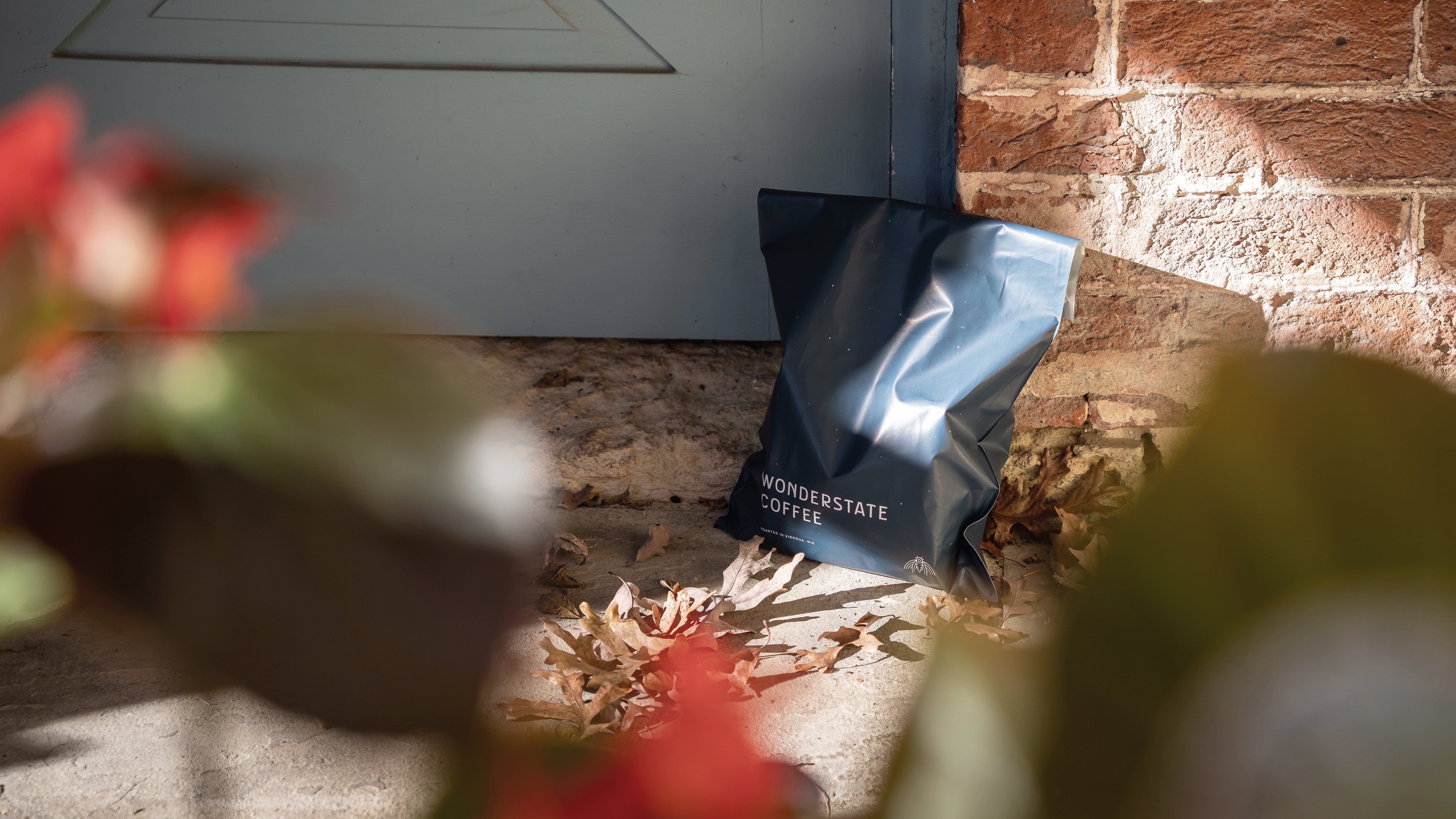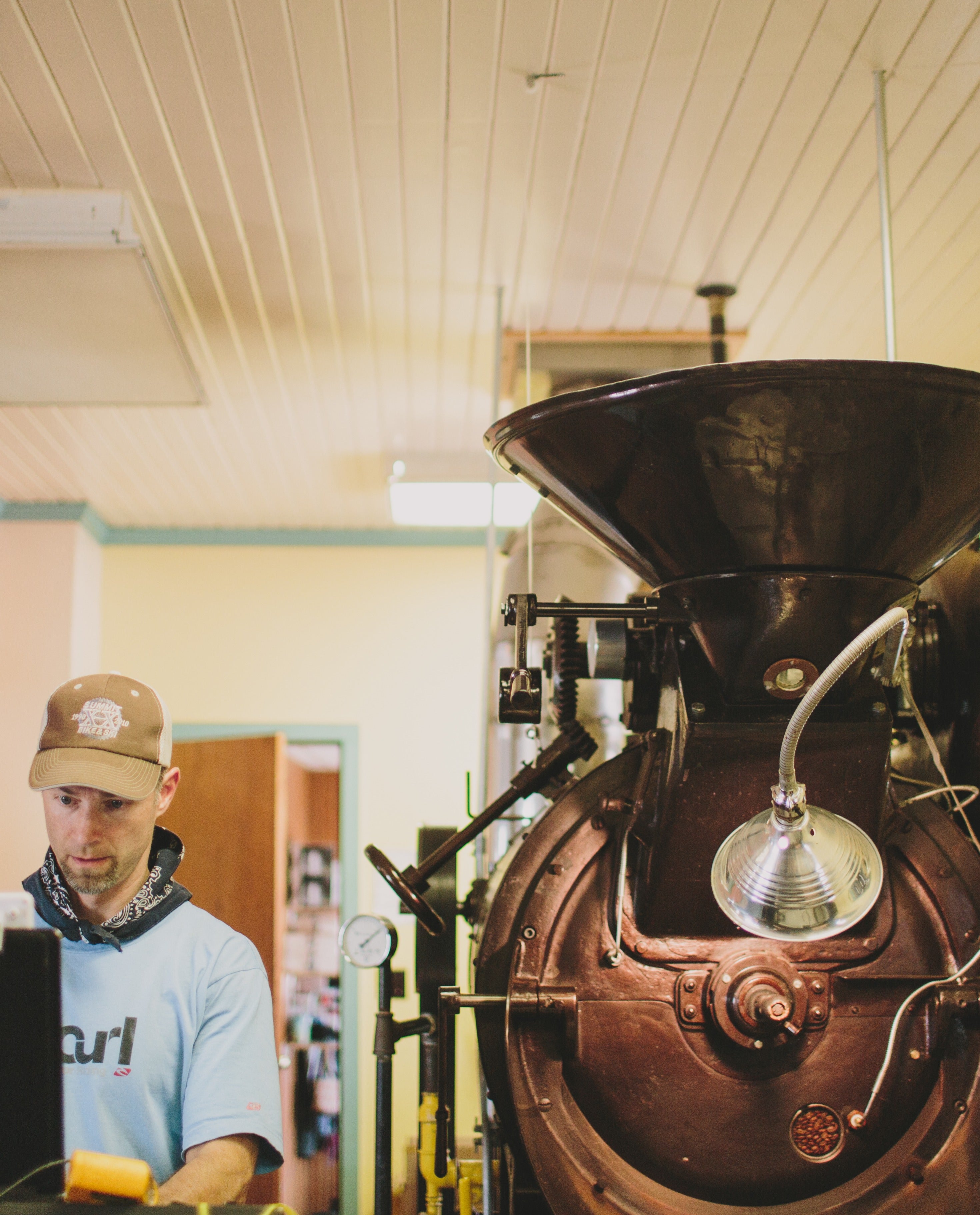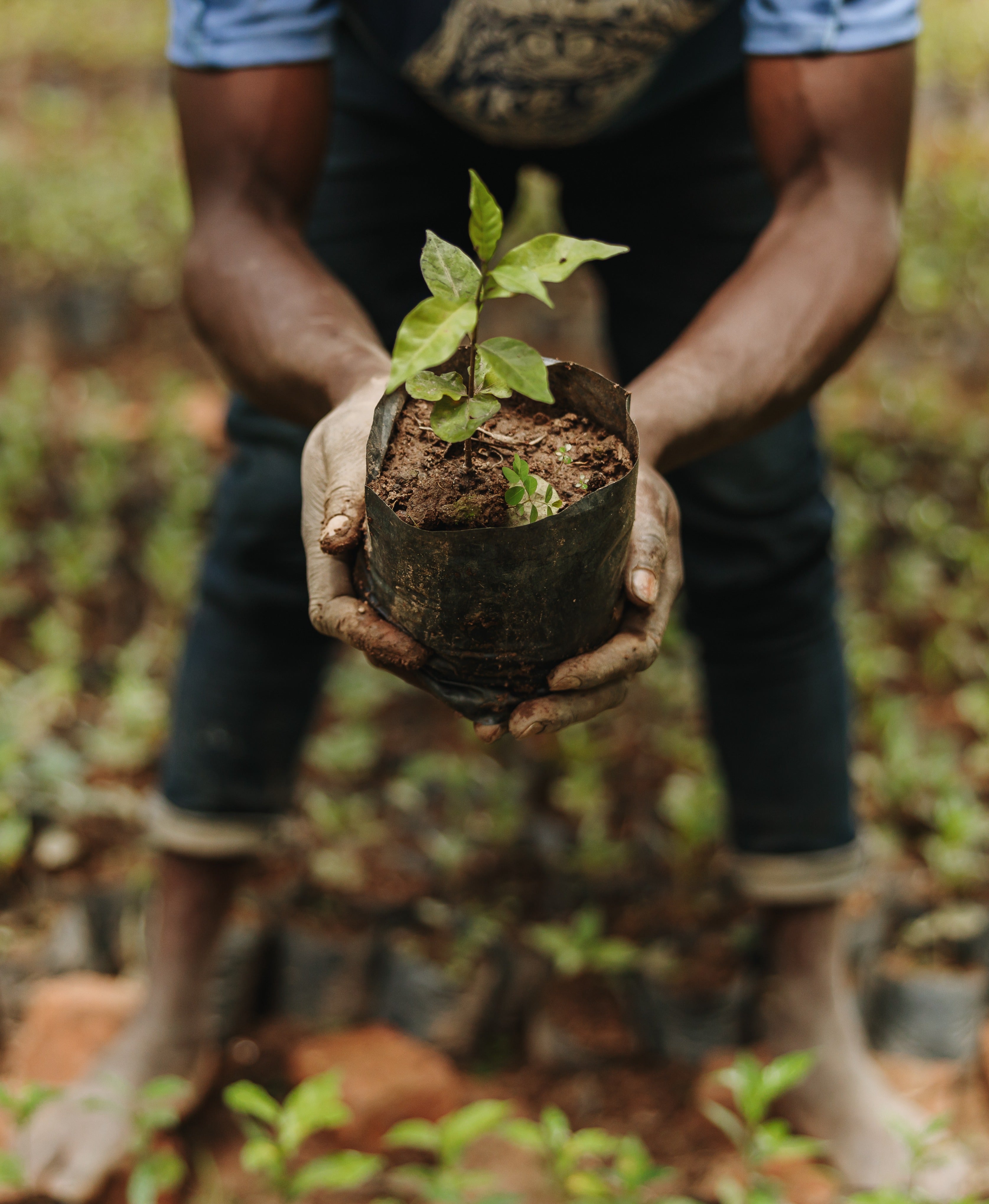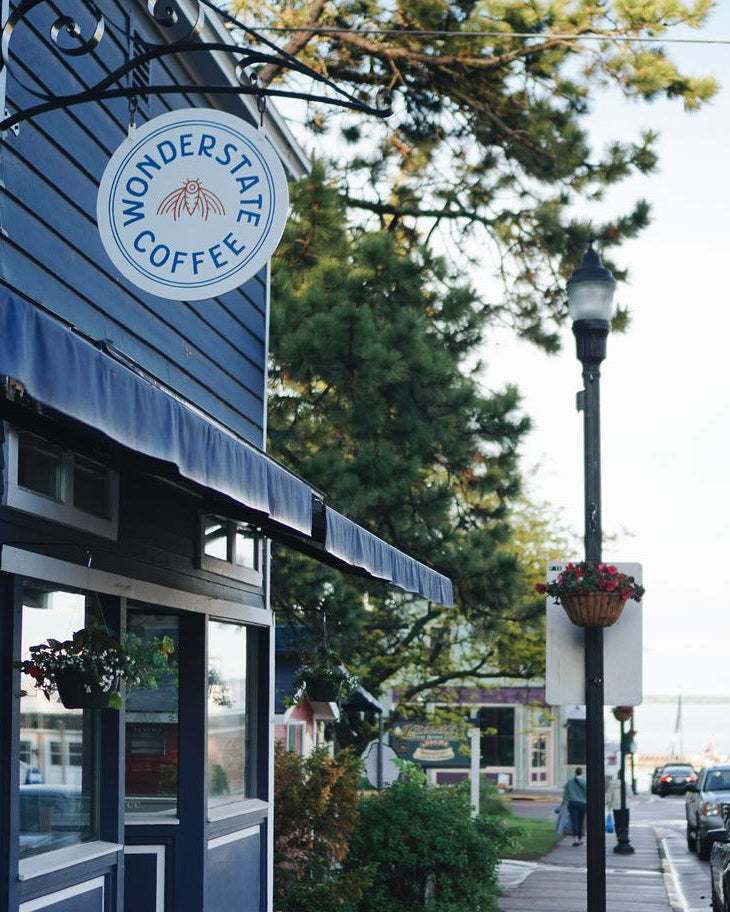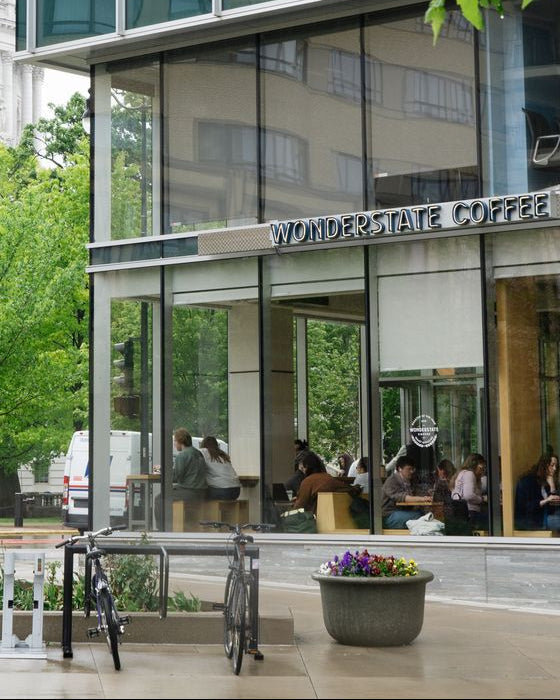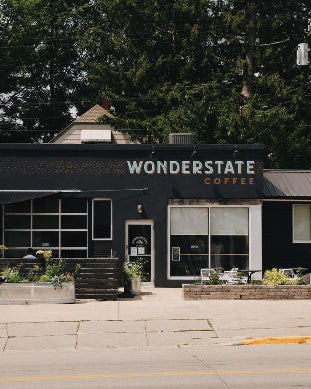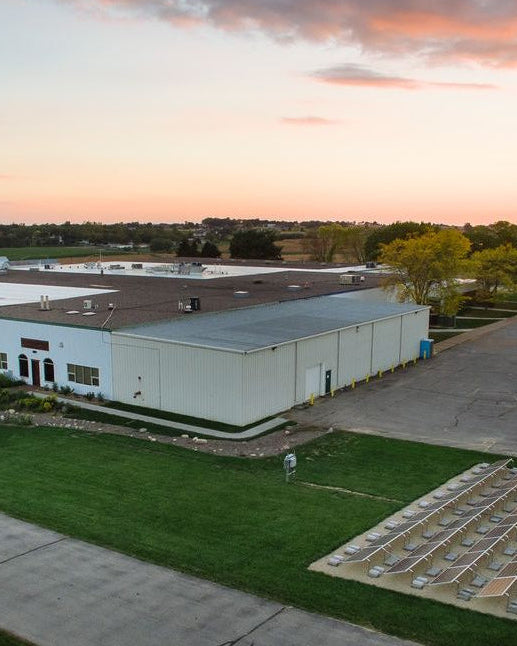
Nick Brehany, Director of Coffee
Over the last decade, the world of coffee has evolved significantly. Coffee today is quite different from what it was ten years ago. As professionals, it's our responsibility to stay up to date with these changes, learn new techniques, and understand where the industry is headed and why.
We understand that you, as a coffee enthusiast, might feel a bit out of the loop. If you're not deeply involved in the industry, you might not be aware of the many ways coffee has changed.
Today, we're discussing roast levels. With seven years of roasting experience, I want to share how our team at Wonderstate approaches roasting and what helps us discuss roast levels internally.
Simply put, roast level offers a full spectrum of flavor possibilities.
To explain roast level, I often use this analogy: imagine you're about to grill a steak. You bought the finest cut from your local butcher, paying good money for it. Before grilling, you already know how you want the steak to taste. Your grilling approach depends on your desired outcome.
Some prefer their steak medium-rare to taste the inherent flavors of the meat, especially if they spent extra money on it. Others prefer medium or medium-well, enjoying both the meat's quality and the grilling process's flavors. Some like their steak well done, focusing on the rich, grilled flavors, even if it means using sauce to enhance the taste.
There's no right or wrong choice here—just personal preference. Similarly, at Wonderstate, our approach to roasting varies based on the coffee. Some coffees taste best when roasted lightly, while others shine at medium or dark levels. The key is that the further we roast, the more the coffee's inherent flavors are replaced by the flavors of the roasting process — a spectrum from exposing flavors to creating flavors.
A light roast of an Ethiopian coffee, for example, will highlight stone fruit, citrus, and floral notes. When you brew it, you're tasting the beans' inherent flavors, exposed and expressed by the roasting process. The same coffee, roasted to medium depth will still have some of those flavors, but with the addition of caramelized, toasty notes. A dark roast of the same coffee will almost entirely obscure the inherent flavors with those of the roast process.
Before coffee arrives at our roastery, our team determines the desired roast level. Fresh and floral Ethiopian coffees are roasted light to showcase their delicate and aromatic tones. Guatemalan coffees, like Tojquia, with strong red fruit notes of cranberry and hibiscus, are also roasted lighter.
However, we don't solely focus on lighter roasts. We roast a variety of coffees to offer different experiences. For instance, our most popular coffee, Driftless, is roasted to a medium-dark level to create flavors reminiscent of chocolate and caramelized butter, with a deep, full texture. We use high-quality beans from the San Fernando Cooperative in Peru, which have inherent chocolate notes, and by roasting to a medium-dark level, we enhance these flavors, creating a captivating flavor experience.
Our approach applies to darker roasts too. Take Off Grid, for example: unlike some roasters who use inferior beans for dark roasts, we use high-quality beans with low acidity. We roast this coffee slower and longer, fully caramelizing the inherent sugars and maximizing depth and intensity.
A great brewery doesn't just brew IPAs—similarly, at Wonderstate, we aim to provide a range of flavorful experiences. Each single-origin coffee and blend is approached thoughtfully to ensure the best in your cup.
Read more
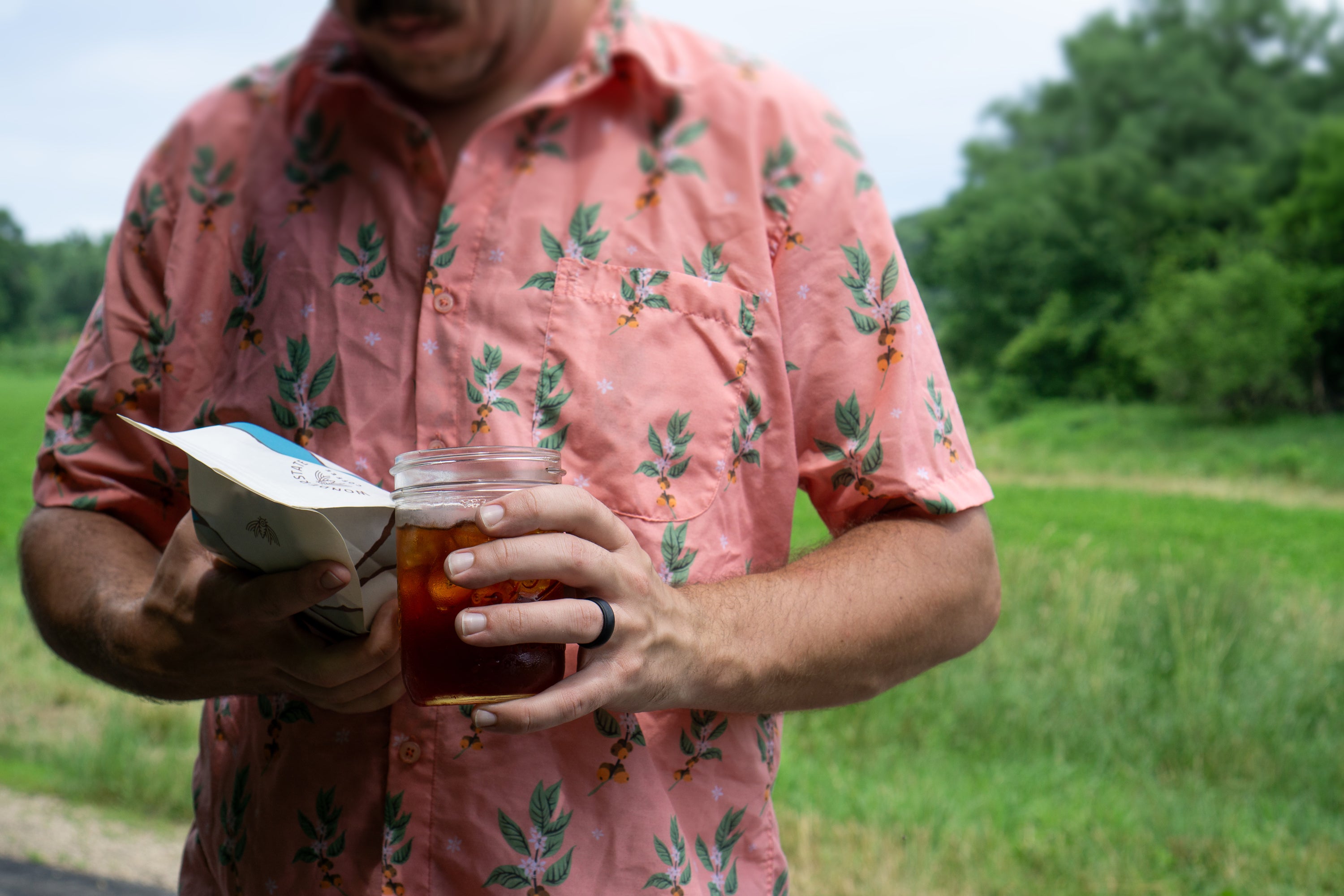
Flash brews are our cure for those sticky, hot days here in the Driftless. Oftentimes, cold brew and other methods can flatten the flavor profile of the final product. However, making iced coffee ...
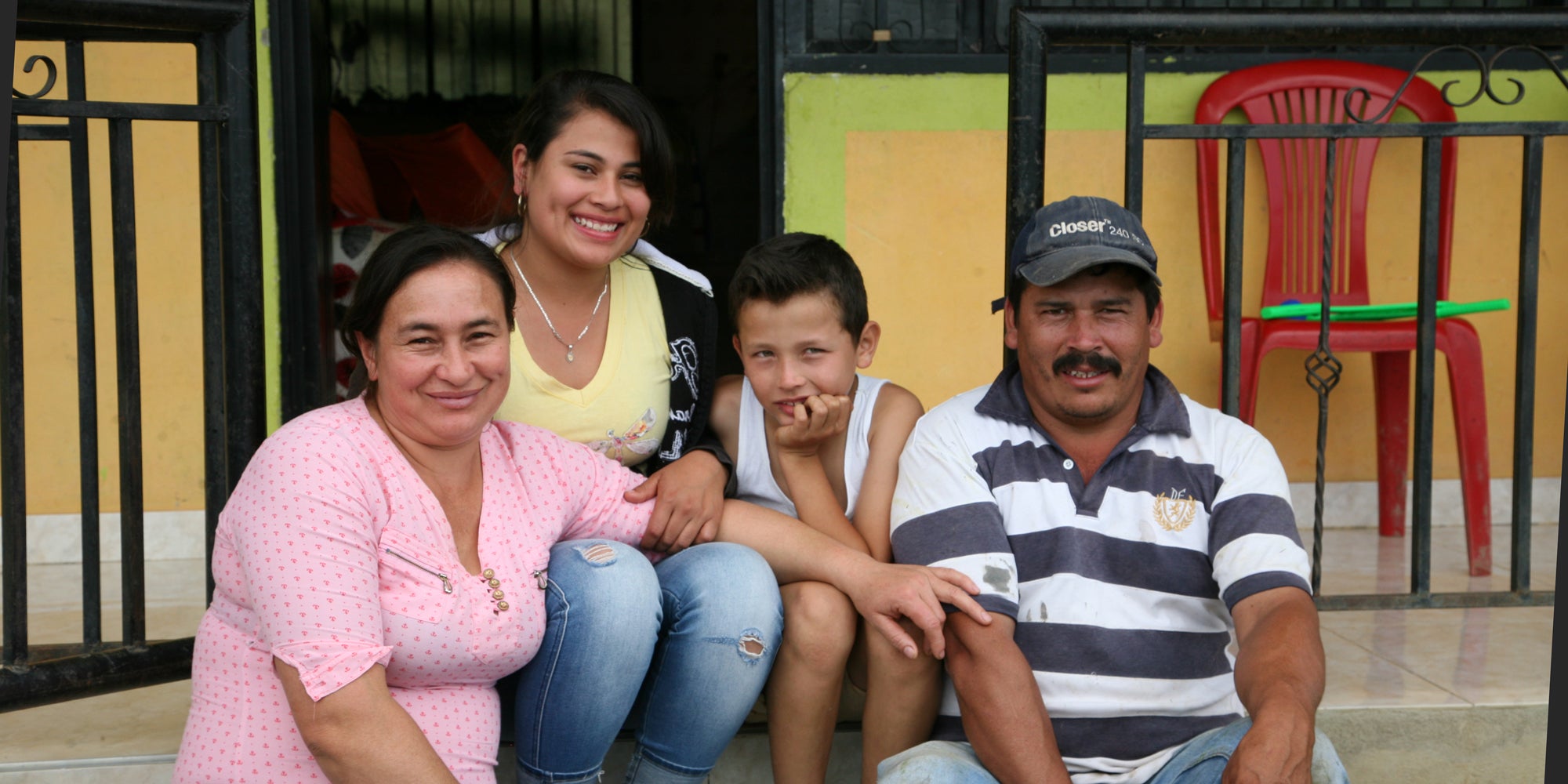
Faver Ninco (of Finca Costa Rica) and his family Colombia is a diverse paradise for coffee enthusiasts, which is why we often have a few on our menu during peak season. But no Colombian coffee has...

